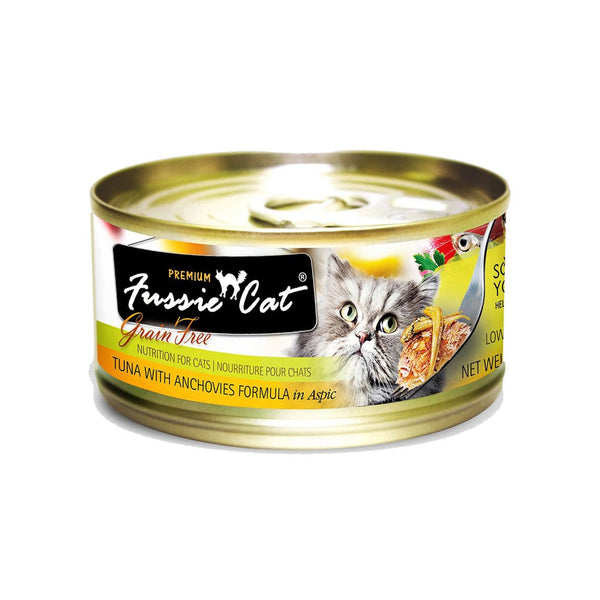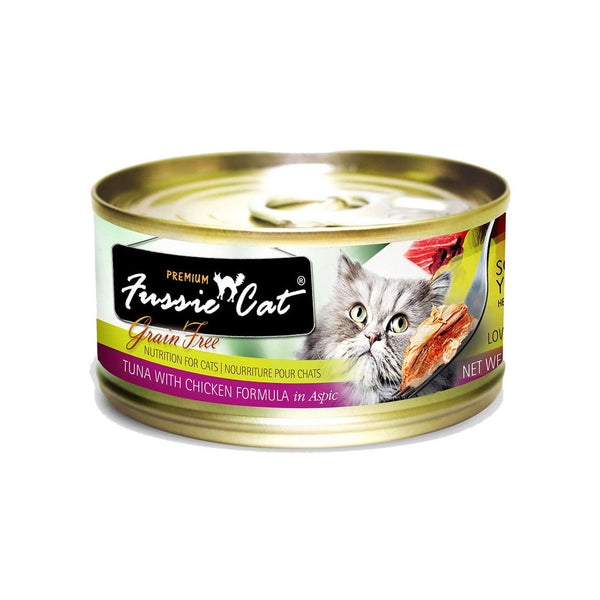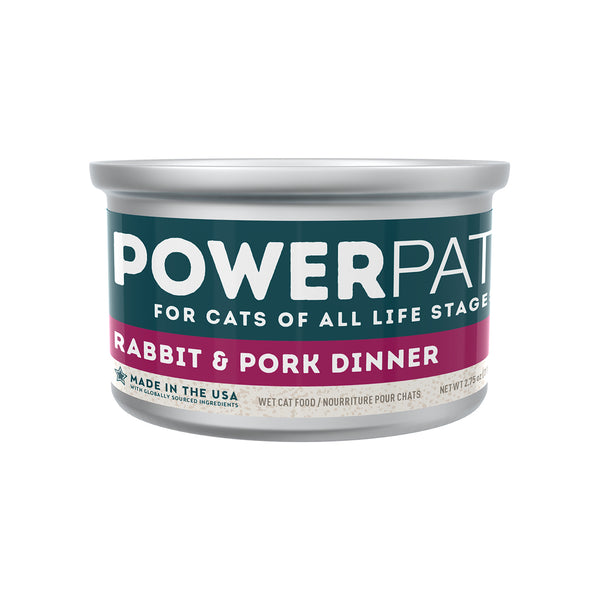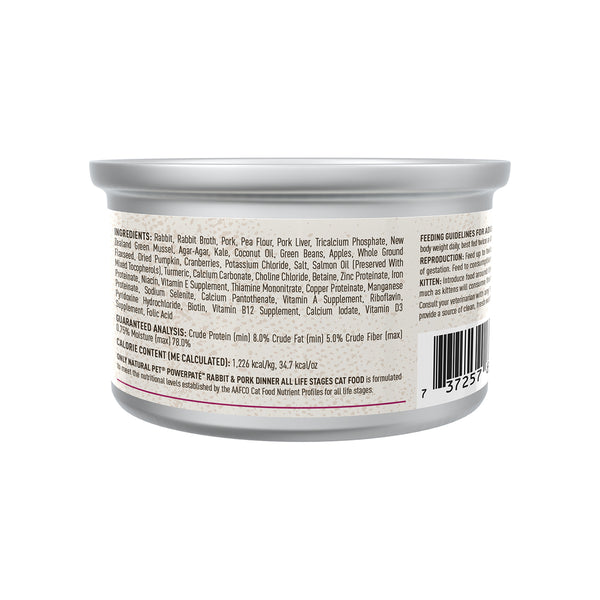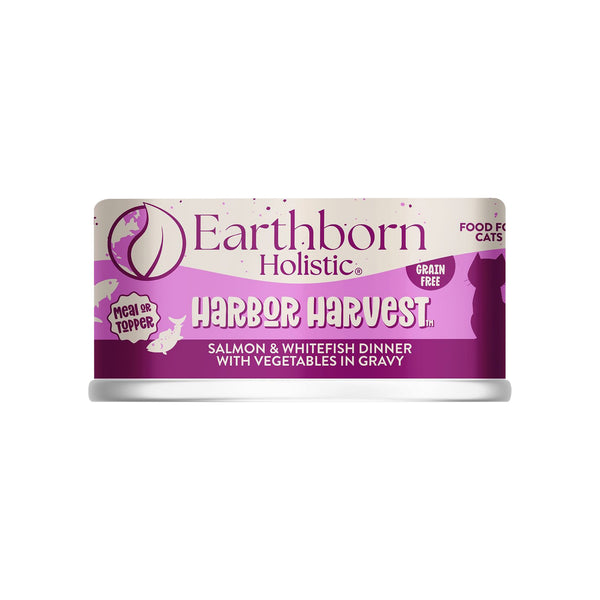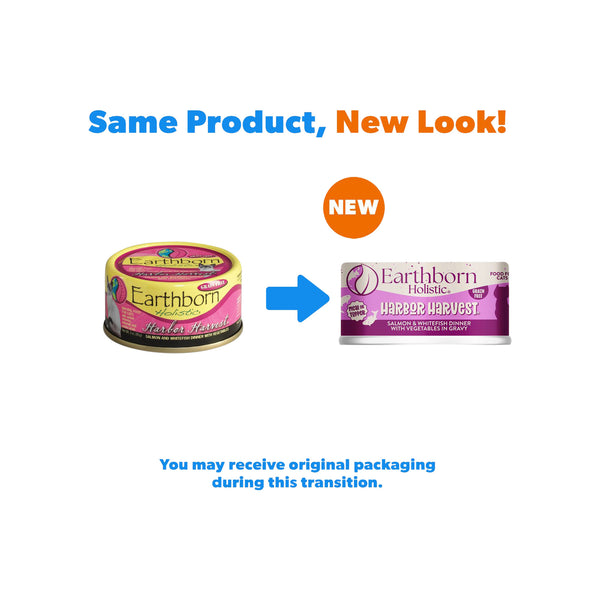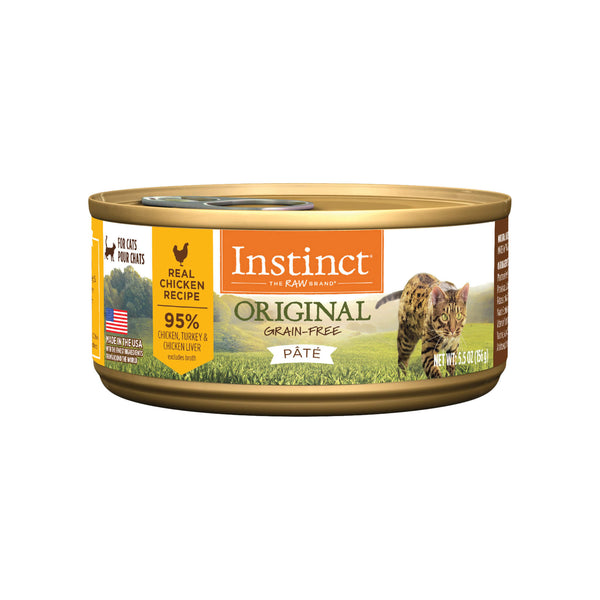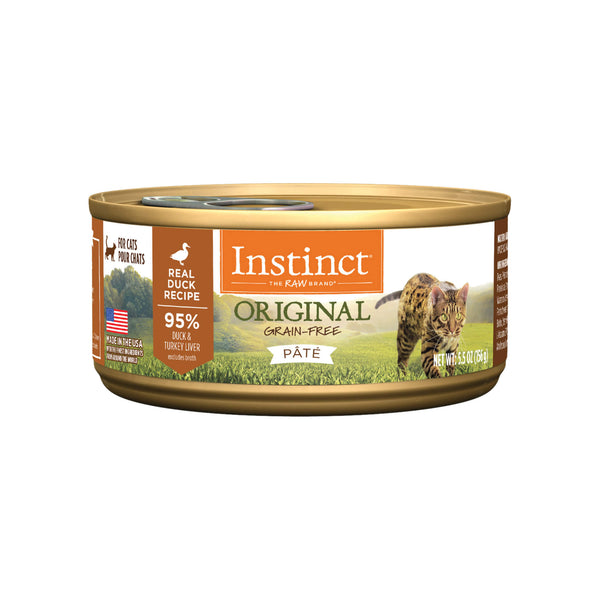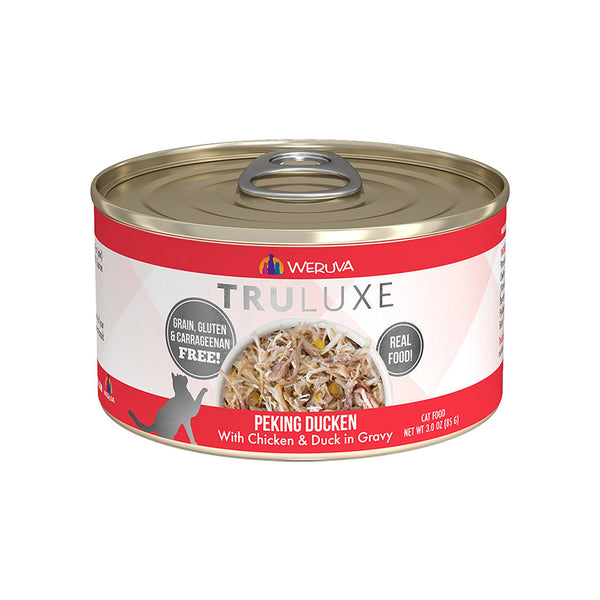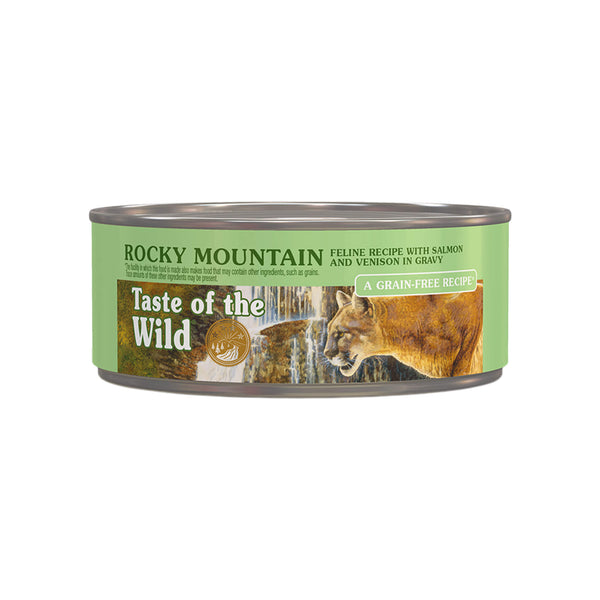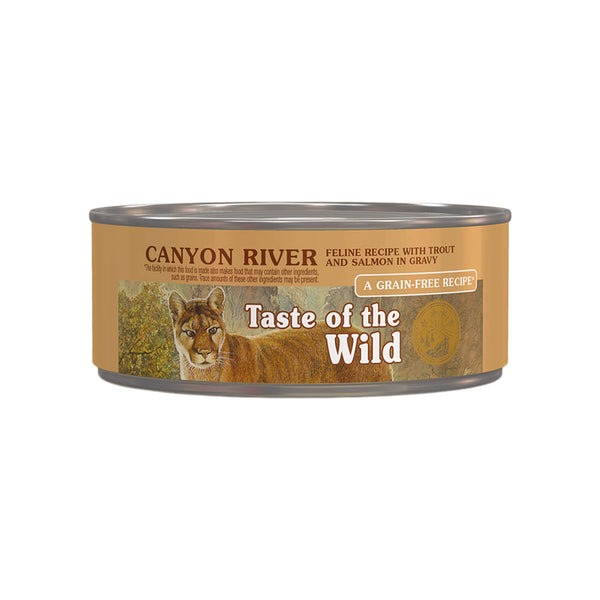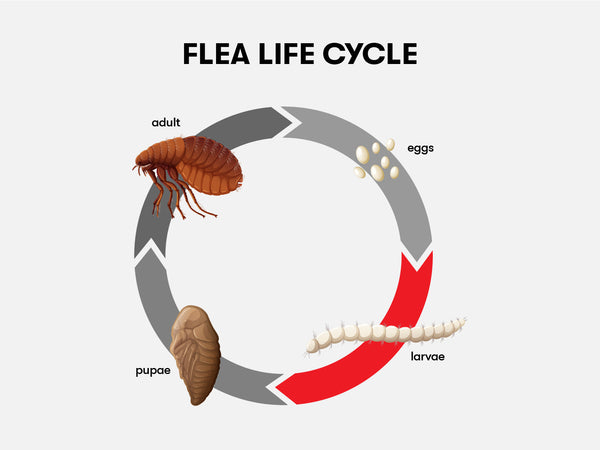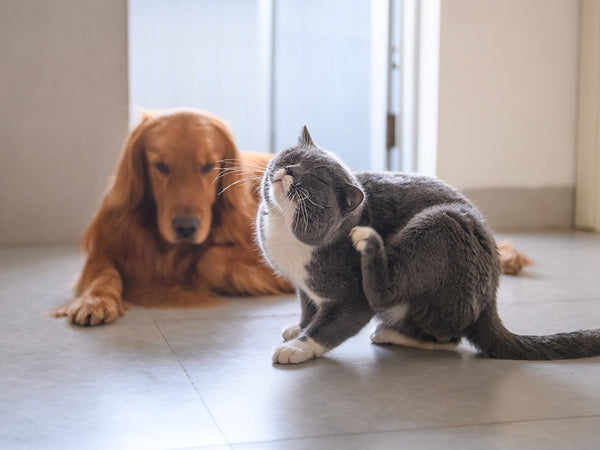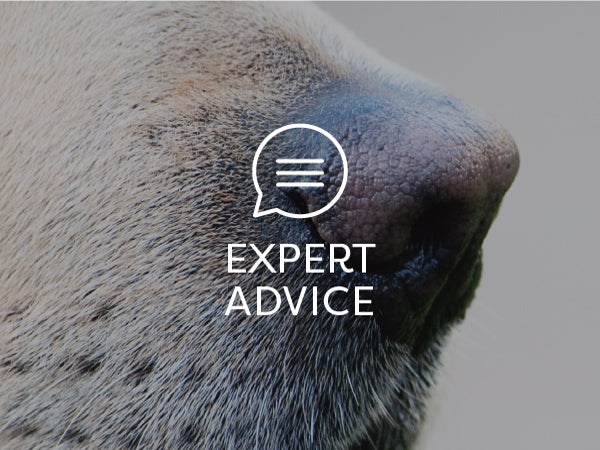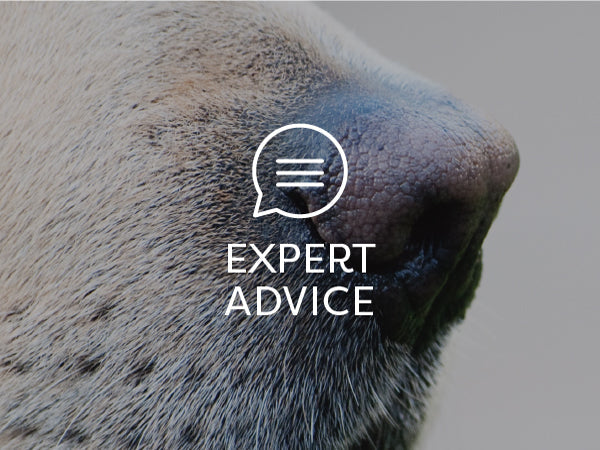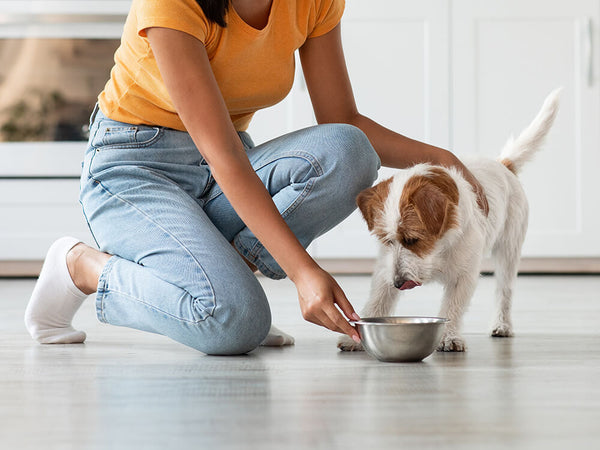Why Is There Ash in Cat Food?
Written by: Dr. Jean Hofve, Holistic Veterinarian, DVM
What is Ash in Cat Food?
Ash in cat food is the inorganic mineral content left over when the organic portion of the food has been burned off. The mineral content can be any combination of calcium, magnesium, phosphorus, potassium, sodium, silicon, sulfur and other trace minerals.
Ash is measured by heating a food to 550 to 600 degrees – the inorganic residue is the “ash content”.
Does Ash In Cat Food Cause Crystals?
Confusion about ash content in pet foods developed as veterinarians and cat guardians were looking for the cause of Feline Lower Urinary Tract Disease (FLUTD - formerly known as FUS).
In the 70’s & 80’s veterinarians thought ash was a factor in causing crystals in the urine. There are, however, a variety of causes and ash is no longer considered a factor in causing FLUTD.
Further research has shown that the main factor was the formulation of commercial pet foods: most pet foods were creating a more alkaline urine (higher pH) which could lead to an increase in struvite (magnesium ammonium phosphate) crystals.
Commercial dry kibble diets are mainly formulated with a high vegetable and grain content which creates a more alkaline urine. A high-meat natural raw cat food diet such as a cat would eat in nature, contains ingredients to support their urinary tract health.
"A high protein diet is a good way to help maintain normal urine pH. Cats eating canned diets may have less trouble with FLUTD than those eating primarily dry kibble diets."
Is Magnesium in Cat Food Bad?
Magnesium content in foods has also been implicated in contributing to FLUTD. Magnesium content, however, is most likely a minor contributor compared to the influence of urine pH.
Studies have shown that supplementing the diet with magnesium chloride did not cause urinary crystals to form in the urine as long as an acidic urine was maintained. Further studies have shown that if the urine is at a higher pH of 7.5 or more, struvite crystals will occur even if the diet is low in magnesium.
Should I Feed Low Magnesium Cat Food
Magnesium is an essential mineral in the diet of cats and dogs for a variety of functions, such as supporting energy production, helping muscle function, supporting heart health, as well as helping build and maintain bones and teeth.
Rather than looking for the specific magnesium content of a food guardians would be better served by looking for the proper ratio of Calcium, Phosphorus and Magnesium in the diet which should be approximately Ca-1.3:P-1:Mg-.06.
Pet food manufacturers developed low ash and/or low magnesium foods in response to the theories that ash or magnesium were the cause of struvite crystals. When it was apparent that urine pH, and not ash or magnesium was the trouble, they began to add ammonium chloride to their cat foods to acidify the diet.
This practice, however, does not necessarily address the matter since continued use of ammonium choloride can lead to a condition called chronic acidosis, which leads to mobilization of calcium from the cat’s bones. The combination of chemically induced acidosis, calcium loss from the bones leading to increased calcium in the blood & urine, along with a reduced level of magnesium in the diet can lead to the formation of oxalate stones. Oxalate stones have now become an increasingly common side effect of addressing struvite crystals.
What Should I Feed My Cat?
The best natural cat food is a high protein diet is the a good way to help maintain normal pH, which may lower the likelihood of crystal formulation. Cats eating natural wet cat food may have less trouble with FLUTD than those eating primarily dry kibble diets.
This could be due both to the higher meat content of canned diets as well as the higher moisture content. A raw food diet may be good for helping maintain normal urine pH and supporting hydration levels.
Cats drink little water naturally, in the wild the moisture they consume comes from the moisture content of their prey. A cat eating dry kibble would need to consume approximately 8 oz. of water per day to help maintain normal body fluid levels.
Further Reading: Catinfo.org




